The Article
FrontRo Electrostatics From Mellow Acoustics
23rd March 2021
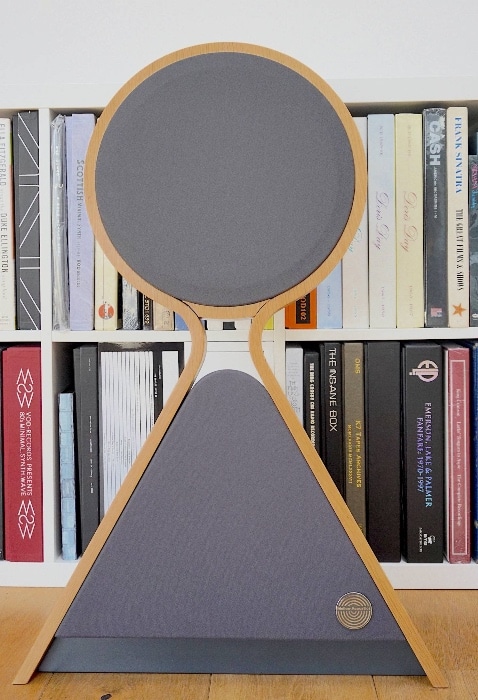
Offering a distinctive design ethic, Mellow Acoustics presents a hybrid speaker design: electrostatic panels a-top a bass box. Paul Rigby can’t wait to review them, apparently
As I prepared the review for the Mellow FrontRo speakers I paused to reflect. I love electrostatics. The inherent design gives me something that boxed speakers fail to provide: a skip-load of information in the midband and treble areas. I’m not talking about good detail response here that you often hear about in hi-fi magazine reviews, nor the ‘impressive detail’ you might read about from a few top notch boxed models. Oh no. I’m referring to the dropping of the jaw that only an electrostatic panel can trigger, the sense of realism that reaches such heights that the ear can’t keep up. You need to hear the same track three times to note it all. True realism. That’s what I’m talking about here.
I’ve been using a pair of Quad ESL-57 speakers for many (many) years and have also used Quad 63s for a time. My 57s use replacement panels supplied by One Thing, based in Coventry in the UK.
The combination of the two has resulted in the most valuable tool in my reviewing armoury and then, when I down tools, the source of my ongoing musical pleasure.
So yea, I love electrostatics.
You can imagine then, my Christmas-morning-like glee when Mellow Acoustics said they’d like to send me a pair of the same, called FrontRo. But this set would have a bass bin stuck on the bottom to hopefully provide tonal balance.
And so here they are. Sitting there. And…yea. So let’s get this bit out of the way first shall we?
In aesthetic terms, I find the FrontRo speakers’ keyhole curves wholly, entirely and utterly ugly. In terms of style they have zero redeeming features and if it wasn’t going to harm the sonics – and I’m afraid it would because otherwise I would have done it – I’d put a paper bag over that annoying circular bit at the top.
So then. That comment signals an upcoming bad review, yes? Not at all, no. To me, speakers are tools, no more. Despite having a view on it, I could actually care less about the aesthetics in terms of a final speaker purchase, no matter what I might feel about them privately, in design terms. To me, a speaker can look like a cheese sandwich with extra soggy tomato but if it sounds great then I’m in. That’s my priority in terms of speakers. The music. To me, speakers are not pieces of furniture. They are a means to an end. Your view might be and probably is different, of course which is fine but hey, even though the FrontRo might look as ugly as sin to me, it don’t mean a thing (to quote Duke Ellington).
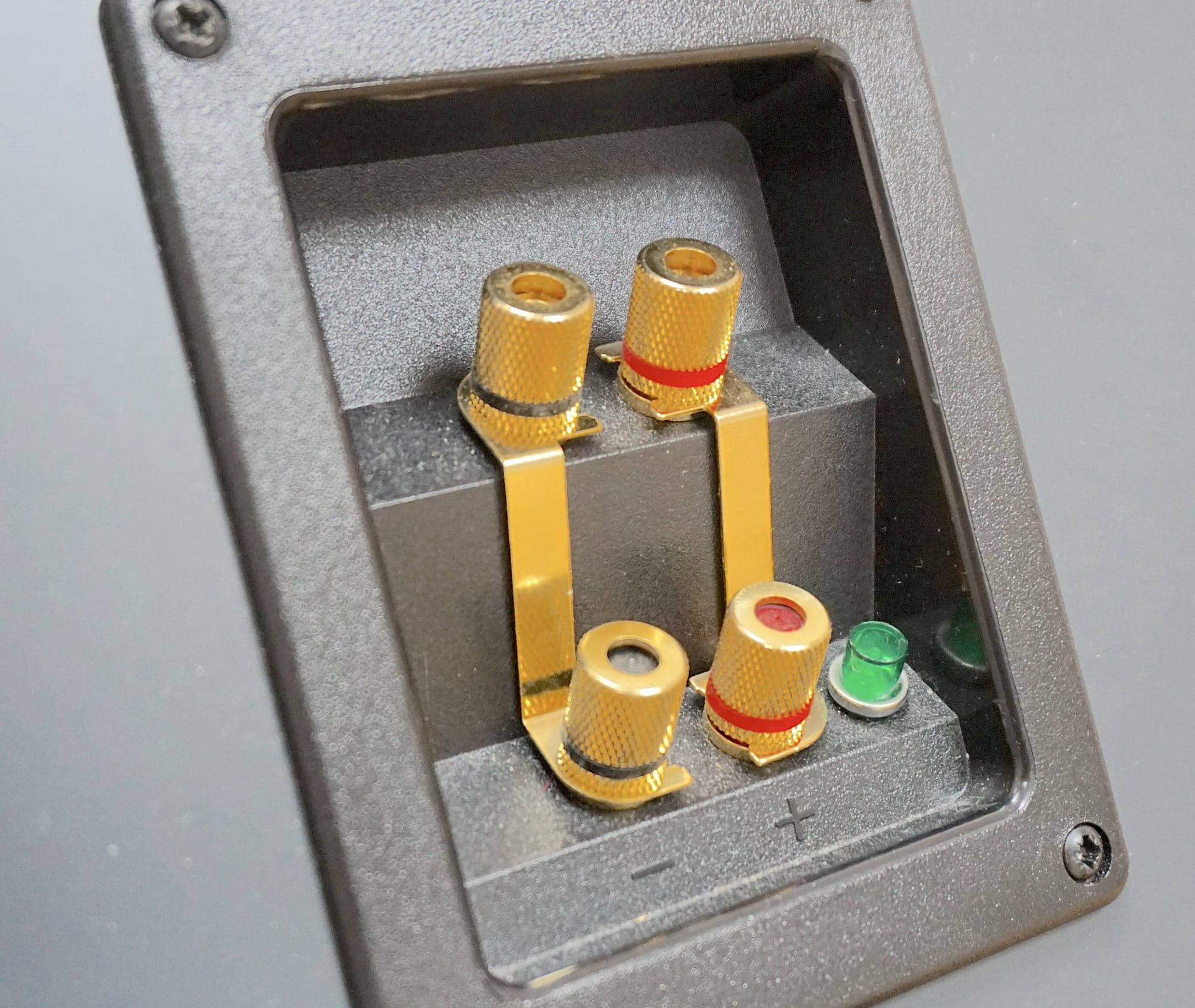
The FrontRo speakers are hybrids then. Built – actually hand-built – in England. They even use local craftsmen, for goodness sake. These speakers are small in height and retain a relatively small footprint, so won’t take up much space in your listening room.
The circular electrostatic panel at the top of the chassis is slightly angled upwards to better aim at your ears and I would certainly aim them at your ears during play. Screw-in spikes allow for further angling if required but they can be replaced with your own feet if spikes are inconvenient or potentially damaging to your floor.
I have to say that it was a little odd, in a Neat speakers kinda way, to see these designs sitting so low on the floor. I kept getting the urge to put them on a pair of stands or fitting legs underneath them.
I asked designer, Tim Mellow about the relatively small size of his speakers and he confirmed that it was down to the electrostatic panel technology that he was able to reduce the speaker size. This is true. My Quad 57s look like large radiators. I need a ladder to see over the top of the things.
He also felt that the size and shape of the FrontRo designs helped the off-axis performance. Even so, Mellow did say that, “Should the FrontRo prove successful, I would like to bring out a version that is 1.5 times larger in width, height and depth for people with larger listening rooms.”
And while we’re on the subject of rooms, let’s talk positioning. Make sure the speakers are at least 40cm away from the rear wall and 30cm away from a side wall before you use them to maximise sound performance.
The company has drawn upon, what it calls, an oscillating sphere concept. So instead of the classic electrostatic design you might find in my Quad 57s or even Quad 63s, the FrontRo speakers radiate the sound. The company commented, “Imagine a rigid sphere oscillating back and forth in free space, spreading the sound out in all directions across the entire musical spectrum. This is the perfect dipole sound source and has a smooth response. To imitate this, using a flat diaphragm, the FrontRo electrodes are divided into concentric rings, which are fed from a delay line. Hence the sound radiates from the centre first and then from each successive ring until it leaves the outermost ring, by which time the sound from the centre is some distance from the diaphragm. Hence a hemispherical wavefront is produced, which spreads out like ripples in a pond.”
So you get a 305mm electrostatic unit that handles the mid-range and treble frequencies and a 133mm mid-bass unit replete with a neodymium motor in a sealed container. Well, lower mids and bass. The crossover starts at a low 600 Hz to 20 kHz.
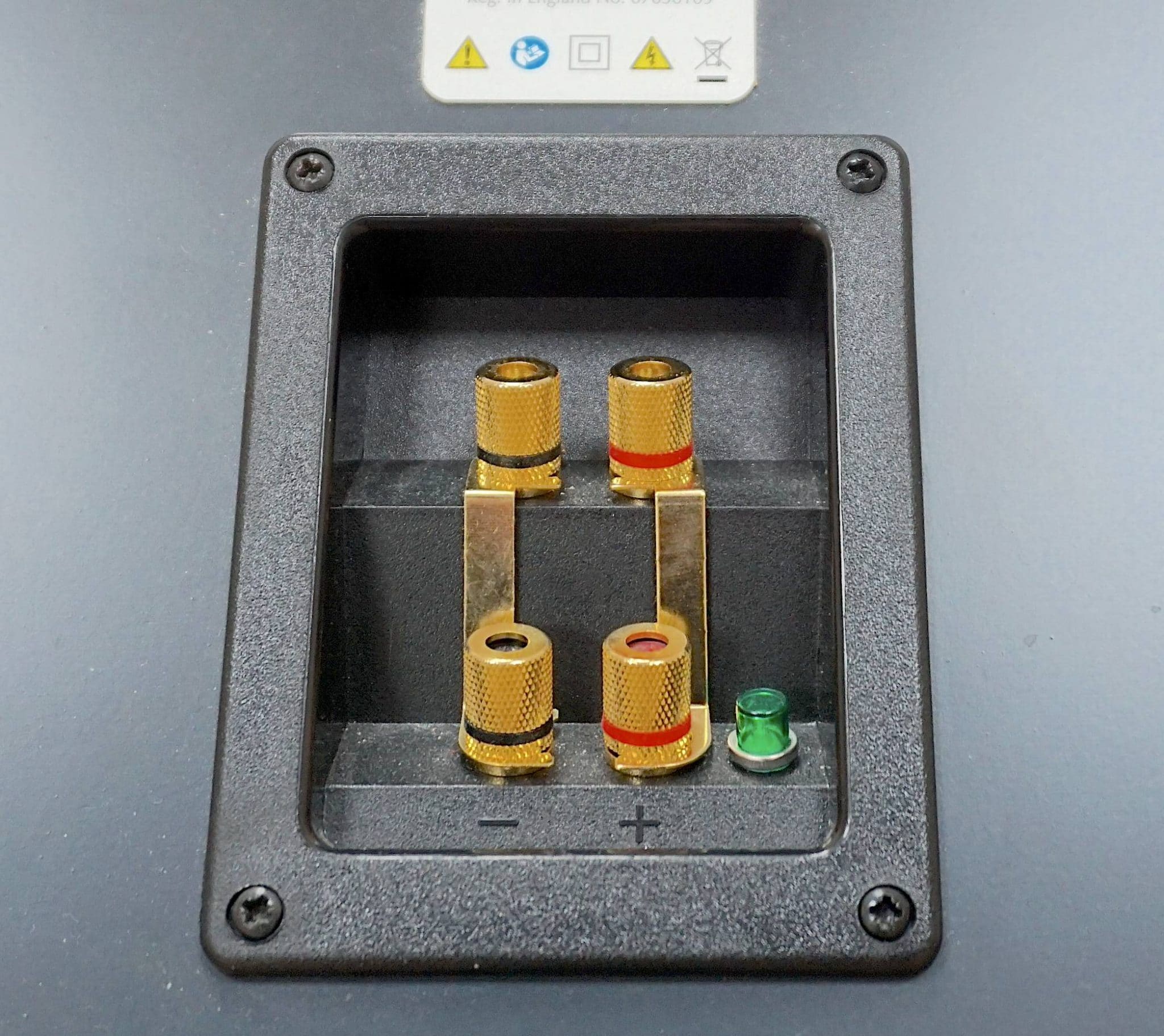
I asked Mellow about that crossover figure and he said, “I can’t tell where the woofer ends and the electrostatic unit begins. It sounds like a single full-range speaker. I believe this is due to the very gradual single-order slopes of the low-pass and high-pass electrical filters in the crossover. This is only possible because the 600Hz crossover frequency is well below the first breakup modes of the woofer.”
Oh and another piece of advice doing listening. Mellow suggested adding a carpet or rug in front of the speakers to prevent reflections from the floor causing a ‘comb filter’ effect.”
The comb filter effect happens when you combine a signal with a delayed version of itself. At some frequencies they cancel and at others they reinforce each other. Hence the frequency response looks a bit like a comb. If you vary the delay this creates a whooshing effect like flanging in pop music or fading on AM radio stations.
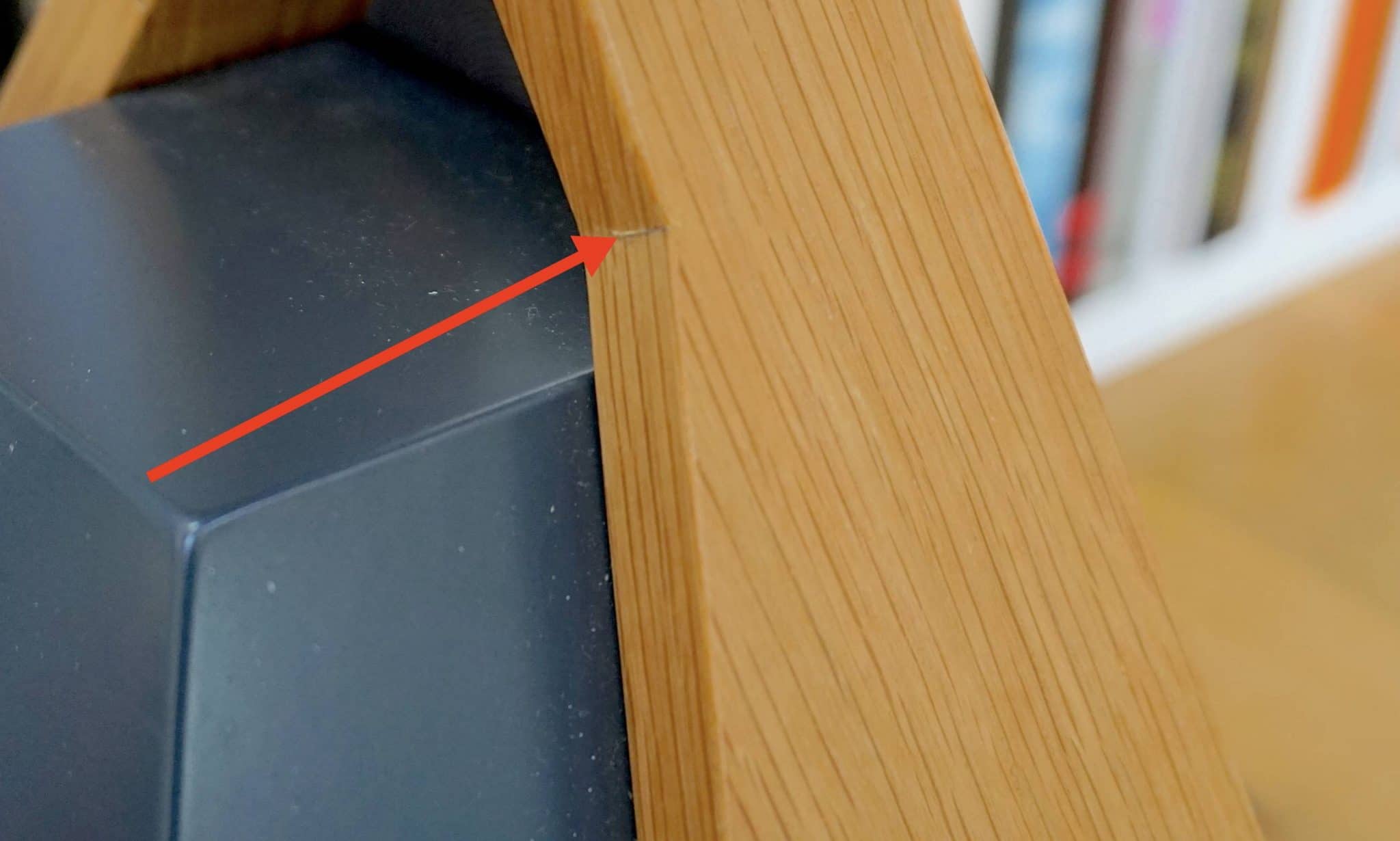
Finish is variable from the standard light oak. By that, I mean you can order these speakers in a veneer of your own choice. You’ll pay for that option, though with prices dependent on your requirements. Grille cloths are available in gunmetal, navy or burgundy. Underneath the cloth of the electrostatic unit is a screen to reject dust and moisture.
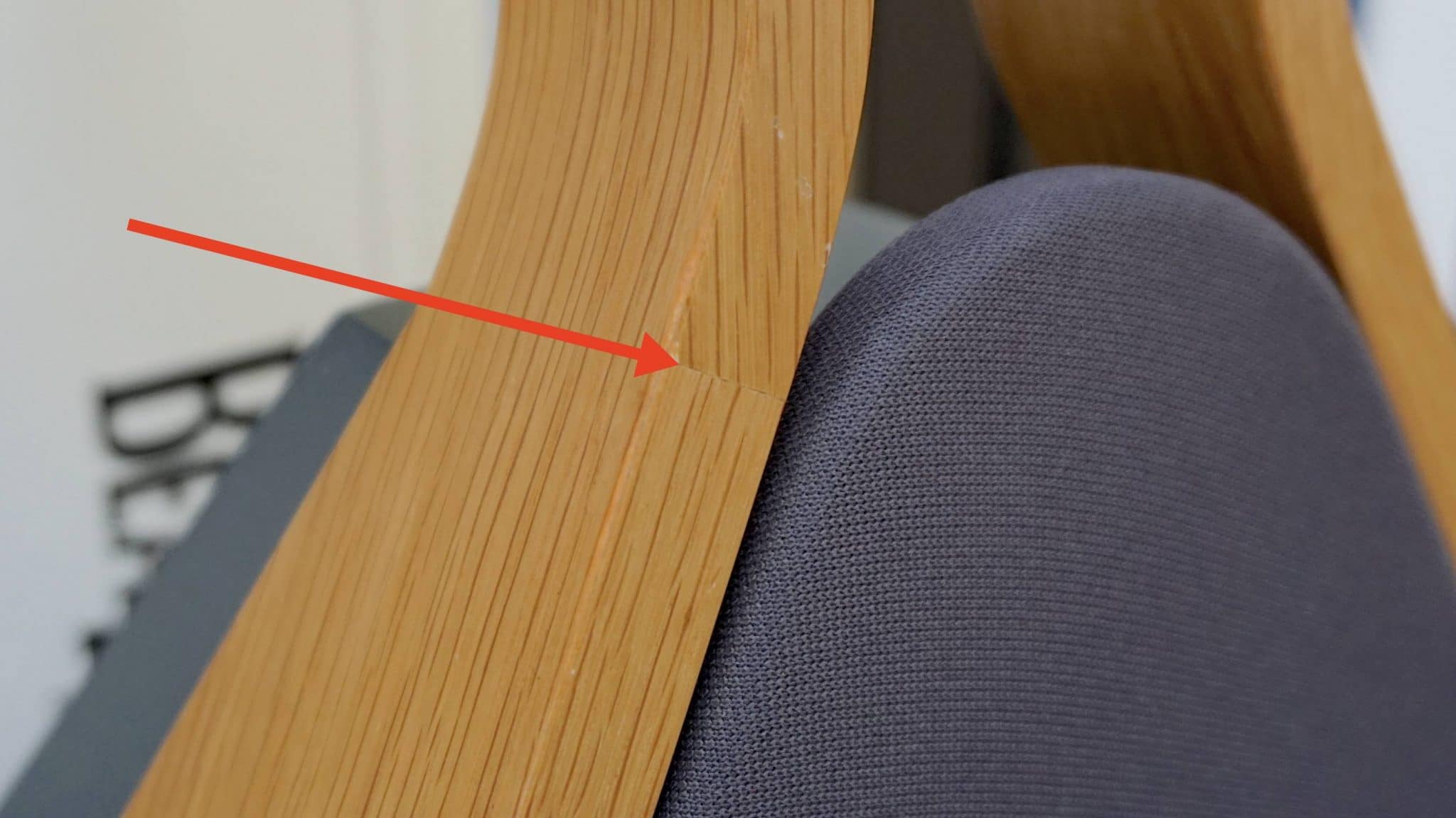
For an electrostatic speaker, you charge the featured electrostatic panel with electricity so each speaker needs to be plugged into the mains. The FrontRo uses a bog-standard figure-of-eight mains cable to do the job. I asked Tim Mellow why he didn’t opt for a standard IEC-type sockets and he replied, “Safety reasons. This makes it compatible in countries where there is no mains earth connection. Another reason is that it eliminates any risk of earth loops and aesthetically we feel that the smaller connector is preferable. The miniscule amount of power drawn does not warrant a chunky 3-pin connector.”
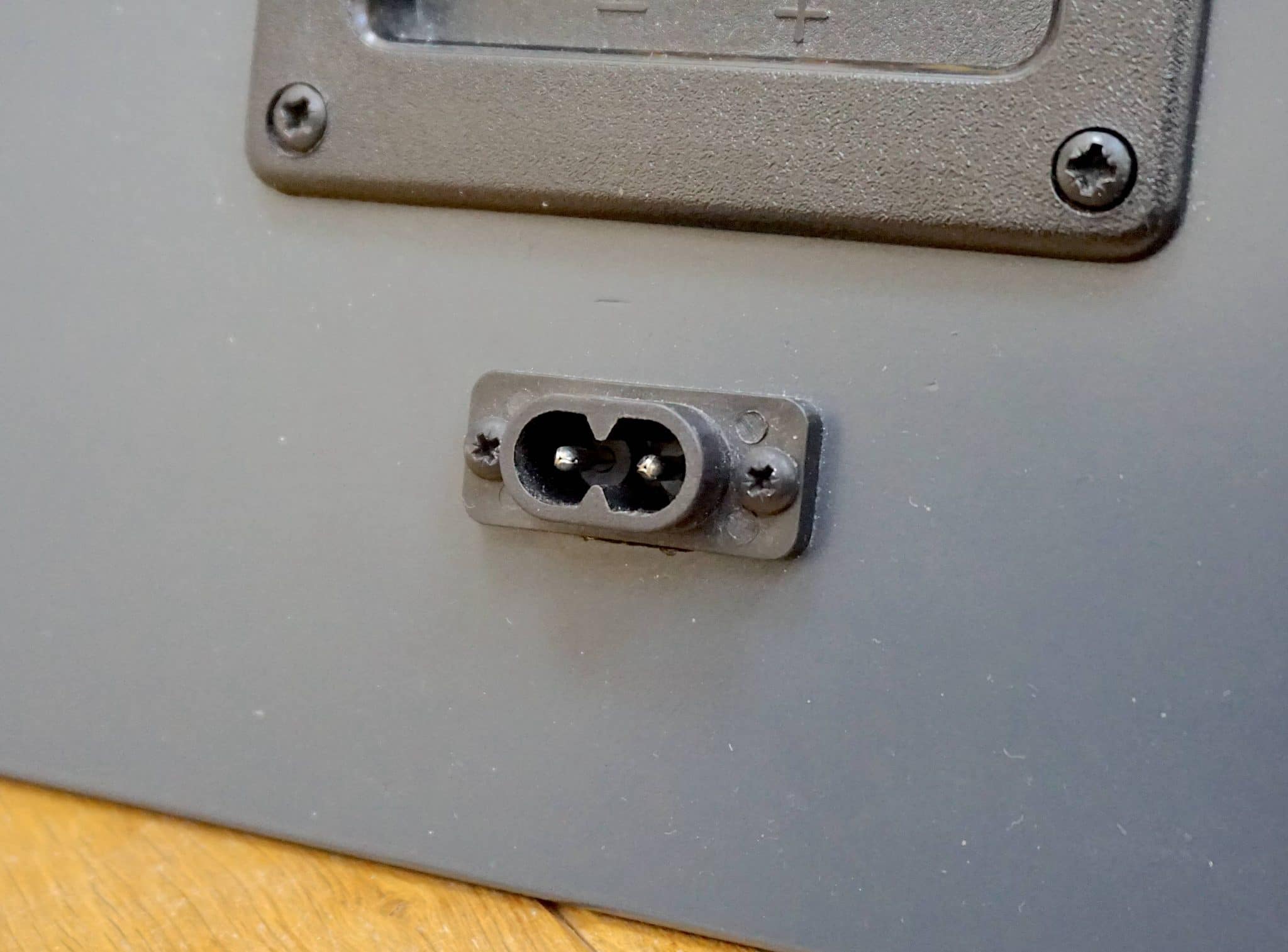
I would have liked the option to upgrade from the basic cable, though. As I have on my Quad 57s. I have to say, the sonic improvement from mains cables on my Quads is no where near that of upgraded speaker cables but there was a change – subtle but there – when I upgraded my Quad mains cables.
I would have liked to have done the same with the FrontRo speakers but the connector severely reduces the upgrade options as audiophile figure-of-eights are comparatively rare.
Spanning 762 x 494 x 291mm, these 8 Ohm speakers are not particularly sensitive, 84db to be exact, so forget low-powered valve amps. You’re looking at an amp 25W and up which means that most solid state amps will be fine while many valve designs will still be usable.
SOUND QUALITY
Let’s remind ourselves of Mellow’s FrontRo design here. It includes that bass box at the bottom of the frame. If you go out of your way to buy a pair of electrostatic speakers, however, you don’t buy them for the bass. The extra bass is nice, it certainly helps and I feel happy, for example, that the One Thing bass panels on my Quad 57 electrostatics enhance the bass frequencies. So bass is a good thing, sure. But that’s not why you look for electrostatics. You buy electrostatics because you’re wanting sublime mids, fragile treble, dynamic reach in the upper midrange and the sort of detail transfer that most boxed designs can only dream about.
To facilitate that hopeful revelation I began the sound tests with vinyl, Sammy Davis Jr and the title track from his 1968 Reprise release I’ve Gotta Be Me. A varied vocal performance in front of a full orchestra, itself packed with sonic variation.
Before we get to the FrontRo speakers and how they performed, what should they note on this record in particular? Right from the off, there are elements in this record that take advantage of the upper frequencies and they arrive in a bunch. A cymbal is consistently tapped, an acoustic guitar is strummed so delicately that it sounds like a stream of bells. And there are real bells that join in a little later on. All of this information needs a blend of focus, precision and space but also a dynamic reach to capture all of the information.
During sound tests, the FrontRo speakers offered some of those things but not all.
So I heard space but not too much. There was air across the soundstage but I’d would have liked more. A bank of violins sat in a pool of reverb – well this is 1968 so let’s call it ‘echo’ from a relatively primitive echo chamber. That echo didn’t run far enough. Connected to that was a roll off at the very height of the upper mids which created a slight warming across the midband.
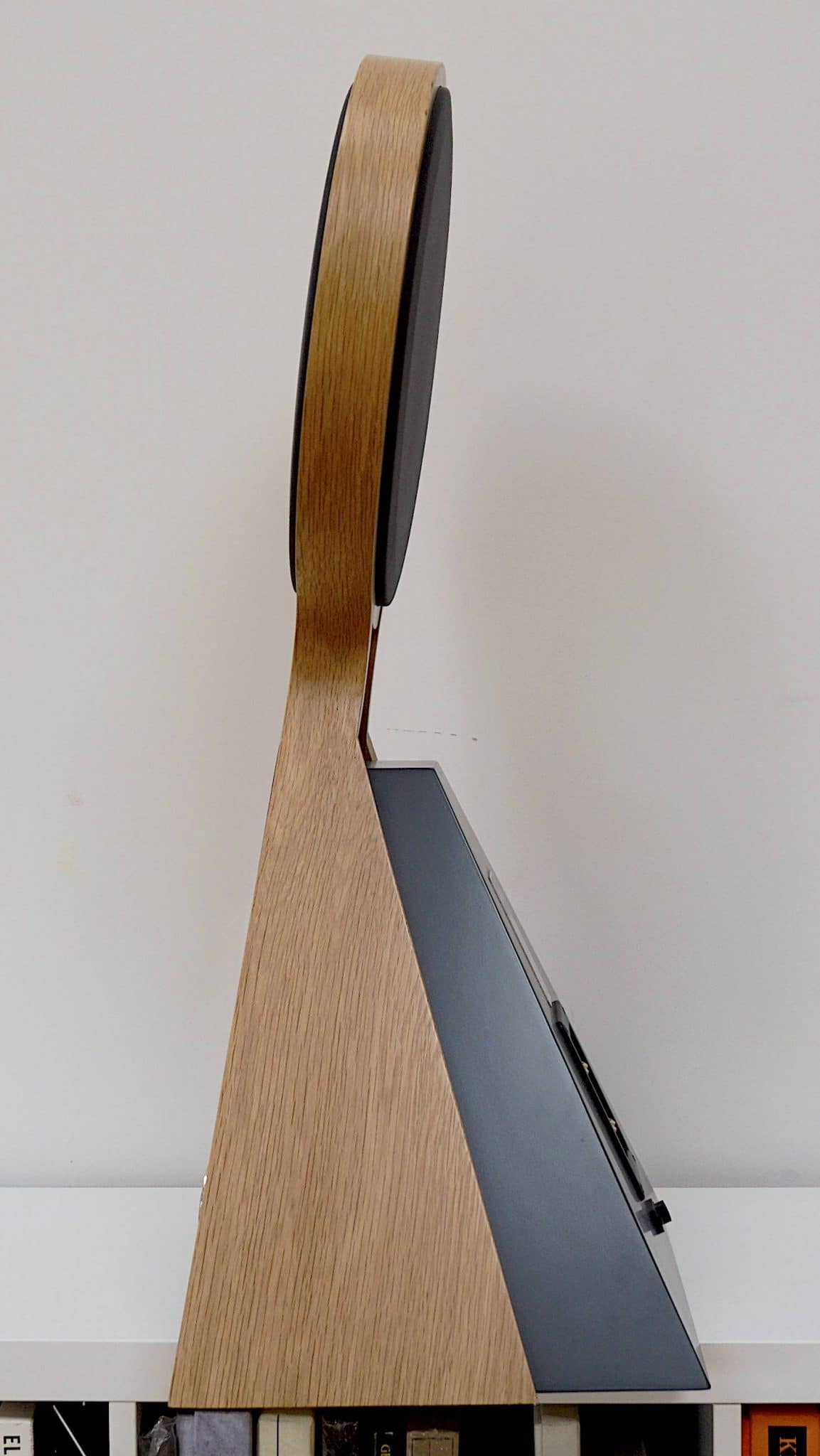
These early conclusions are relative, I hasten to add. If you’re used to the sound of boxed speakers and you’ve never heard electrostatics then you may be happy the upper frequency performance of the Mellow speakers. My thoughts arrive from many years of electrostatic experience so I might be coming from a different place. A place of slight different sonic expectations.
On the other side of the fence, all of the instruments were illustrated and pretty clearly too. There was a smooth translation of all of these important sources that gave the FrontRo designs an effortless, straightforward approach. What I liked about the speakers were their smooth, rather cuddly approach to vocal jazz which was almost 70s-like in their nostalgic presentation.
There’s a point during the climax of this song where the orchestra’s drummer begins to believe he’s a cross between Keith Moon and the gentleman who plays percussion for the Muppets. The drums move inexorably towards the front of the soundstage and the kit, as a whole, can be judged.
What I missed were the subtle tonalities from the array of drums, the bass, the snare, the tom toms and so on. You could hear them, don’t get me wrong, but the variation wasn’t as great as I wanted here. Again though, the information was still here in it basic form. The FrontRo speakers told you the story of the song but added a slightly veiled 70s nostalgic warmth to the tale.
It’s interesting to think that, if you had bought this record back in 1968, this is probably the tone of the sound you would have no doubt heard at the time. So, in that respect, there was an authenticity to the music heard here.
I then turned to CD and more modern, dynamic fare from Depeche Mode and the song, Personal Jesus from the album, Violator.
Now this was more like it. The high-energy bass output really suited the notable low frequency extension from these speakers. That upper midrange warmth was still there along with a roll off at frequency extremes but the high energy output and the greater importance across the arrangement of bass as an ingredient meant that the music offered a greater tonal balance.
The FrontRo speakers provided a real, foot-tapping energy while the overall presentation was pacy. The smooth nature of the translation gave the FrontRo speakers its now signature smooth approach to the mids. The now energetic bass slotted very easily into the mids adding meat and strength that added to the enjoyment.
My reference system has a tremendous 3D area over and around the stereo image. The FrontRo speakers did nothing to add to that. If anything, they reduced the effect a tad so there was no natural leaning towards a 3D structure for the soundstage but that was replaced by the inherent smooth running of both midband and bass. This track offered such an easy translation of rock power. That effect was confirmed while adding quick plays of CDs from Thin Lizzy, The Who and Yes.
I have to say this though, the long vocal/synth-based outro to Depeche Mode’s Personal Jesus was delicious in its punchy, bassy lower elements and the warming synth translation. In fact, I was making notes on the speaker’s sound as this part of the song started and I stopped in mid type. I was forced to stop and listen. These speakers live best in and around dynamic music.
CONCLUSION
Aesthetically, the FrontRo speakers are a complete disaster. I’ve imagined prettier designs in a bowl of lamb curry.
Sound-wise though, the verdict is more complex.
If you’re into classical music or jazz and these genres are very important to you then the FrontRo design will not provide the performance you demand. There’s not enough dynamic reach to provide the information and clarity you demand. Although they are fine for occasional classical/jazz use.
On the other hand, if you want to venture into rock, electronica or other high energy music areas and that’s your bag then the FrontRo speakers should be given serious consideration because they offer both detail and grunt, as well as a golden, warming nostalgic presentation.
Combine the aesthetics with their sonic characteristics and you have a unique and head-turning design. FrontRo’s speaker designs are anything but ‘me too’ designs. They are anything but ‘safe’. They have real character. All of these facets are rarities in an industry that’s scared to put a screw head out of place for fear of offending and losing sales. For all of these reasons, I will stand up on my hind legs and give them a long round of applause.
MELLOW ACOUSTICS FRONTRO SPEAKERS
Price: £9,500
Web: www.frontro.co.uk
GOOD: bass response, rock-centric, solid design, smooth mids, design character
BAD: aesthetics, rolled off treble, dynamic reach, price, finish
RATING: 7
[Don’t forget to check out my Patreon Page at www.patreon.com/audiophileman, for exclusive editorial!]
REFERENCE
Origin Live Sovereign turntable
Origin Live Enterprise 12″ arm
Van Den Hul Crimson XGW Stradivarius Cartridge
Icon PS3 phono amplifier
Aesthetix Calypso pre-amp
Icon Audio MB845 Mk.II Monoblock Amplifiers
Quad ESL-57 Speakers with One Thing mod
Blue Horizon Professional Rack System
Harmonic Resolution Systems Noise Reduction Components

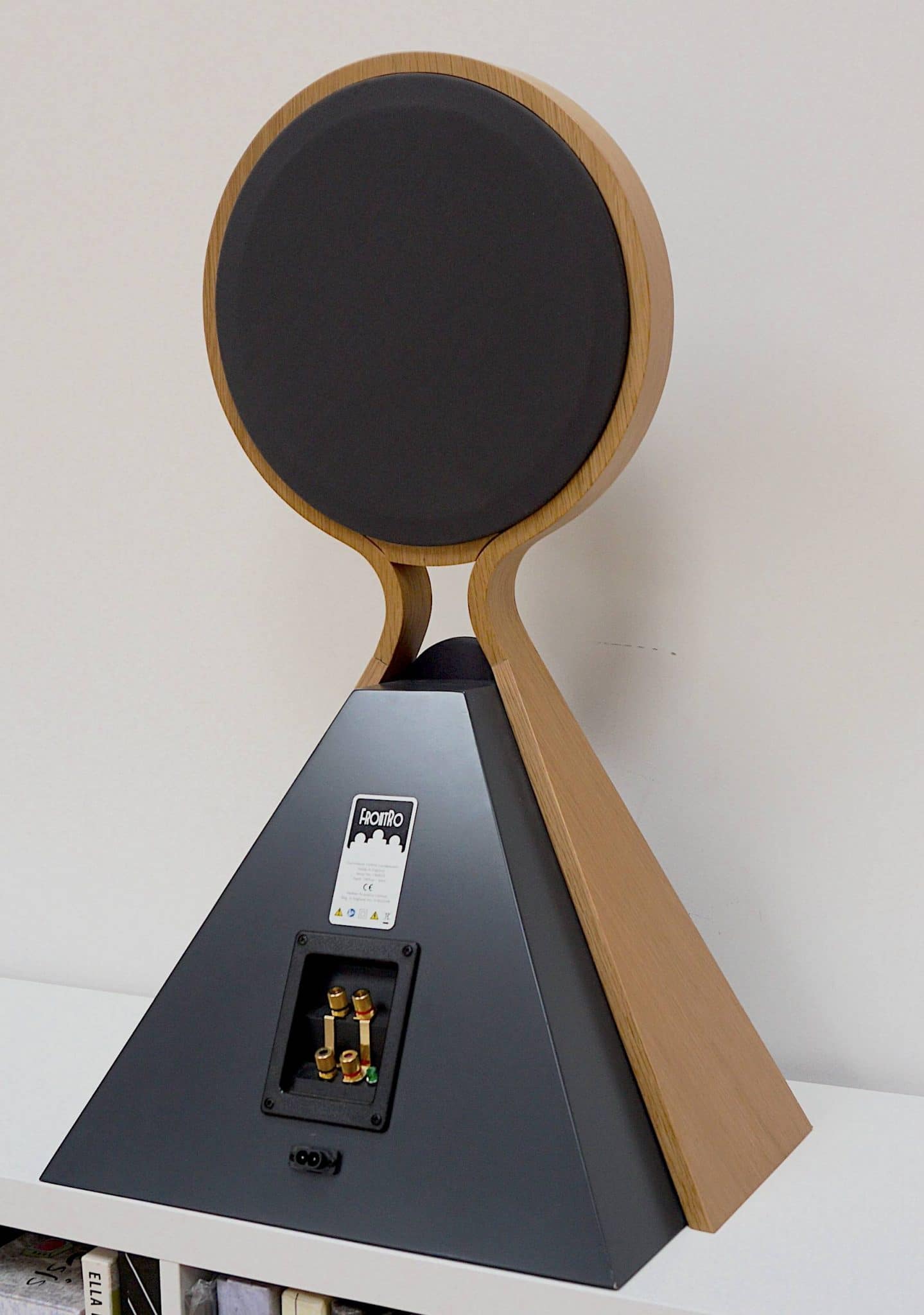
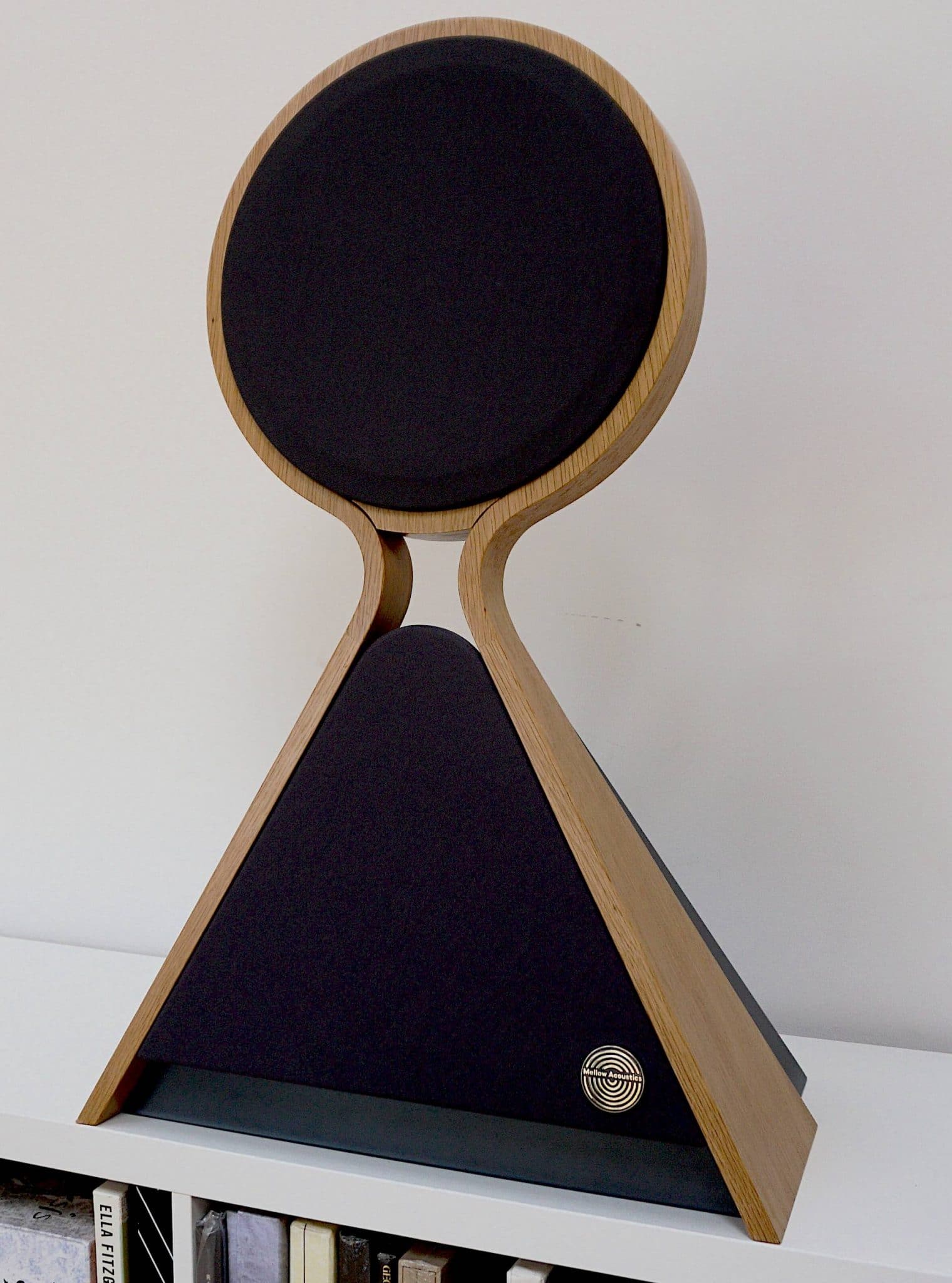

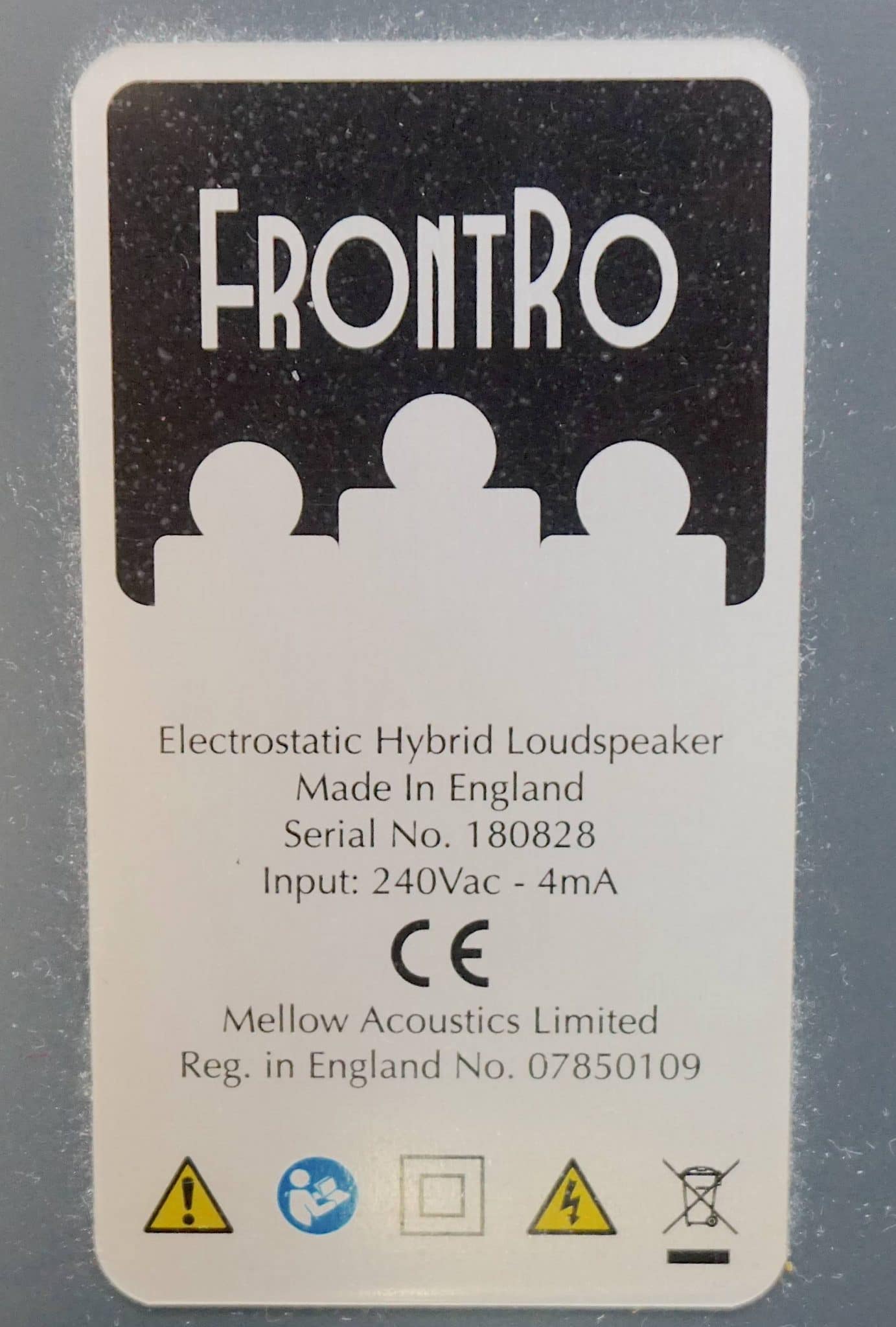
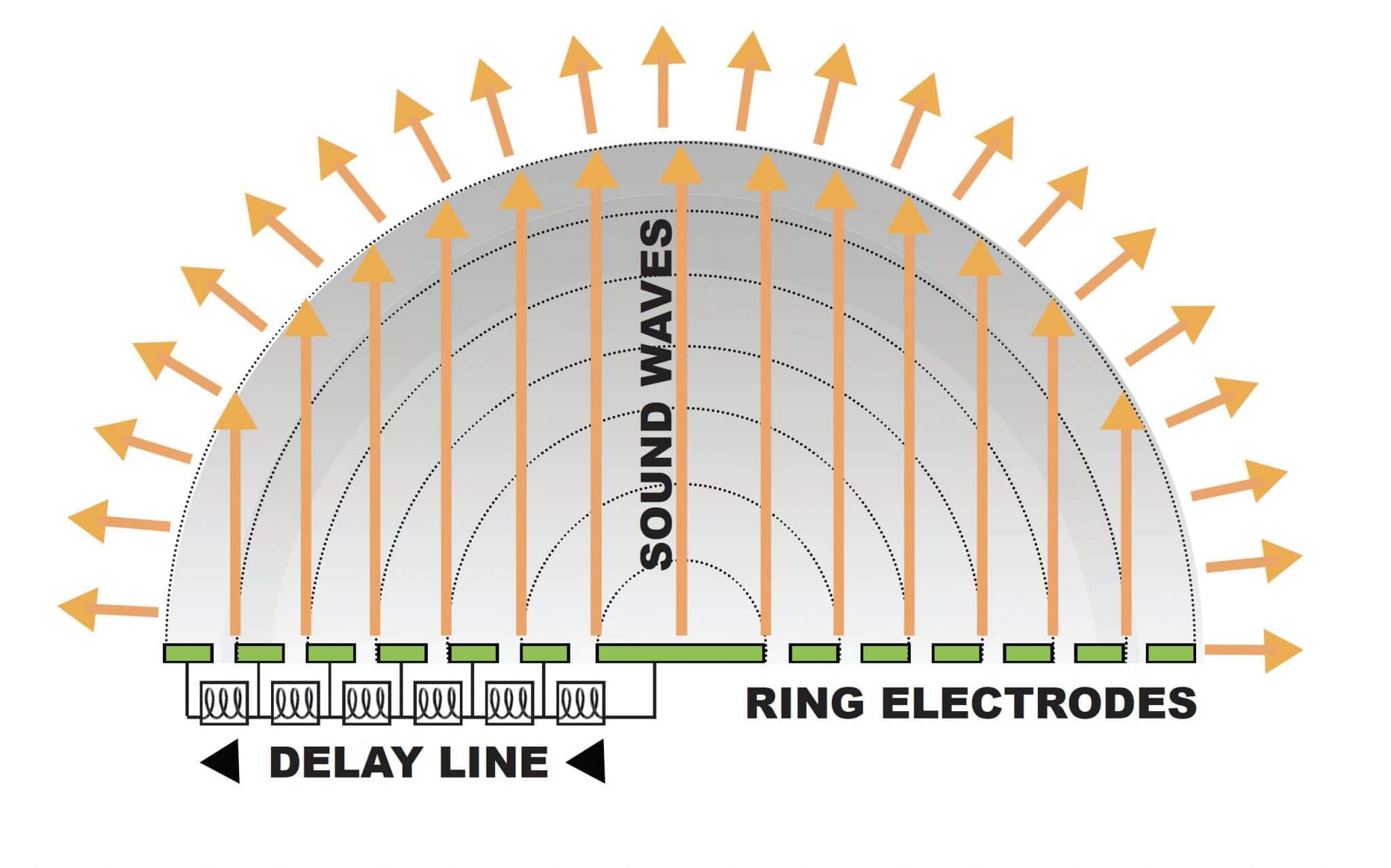
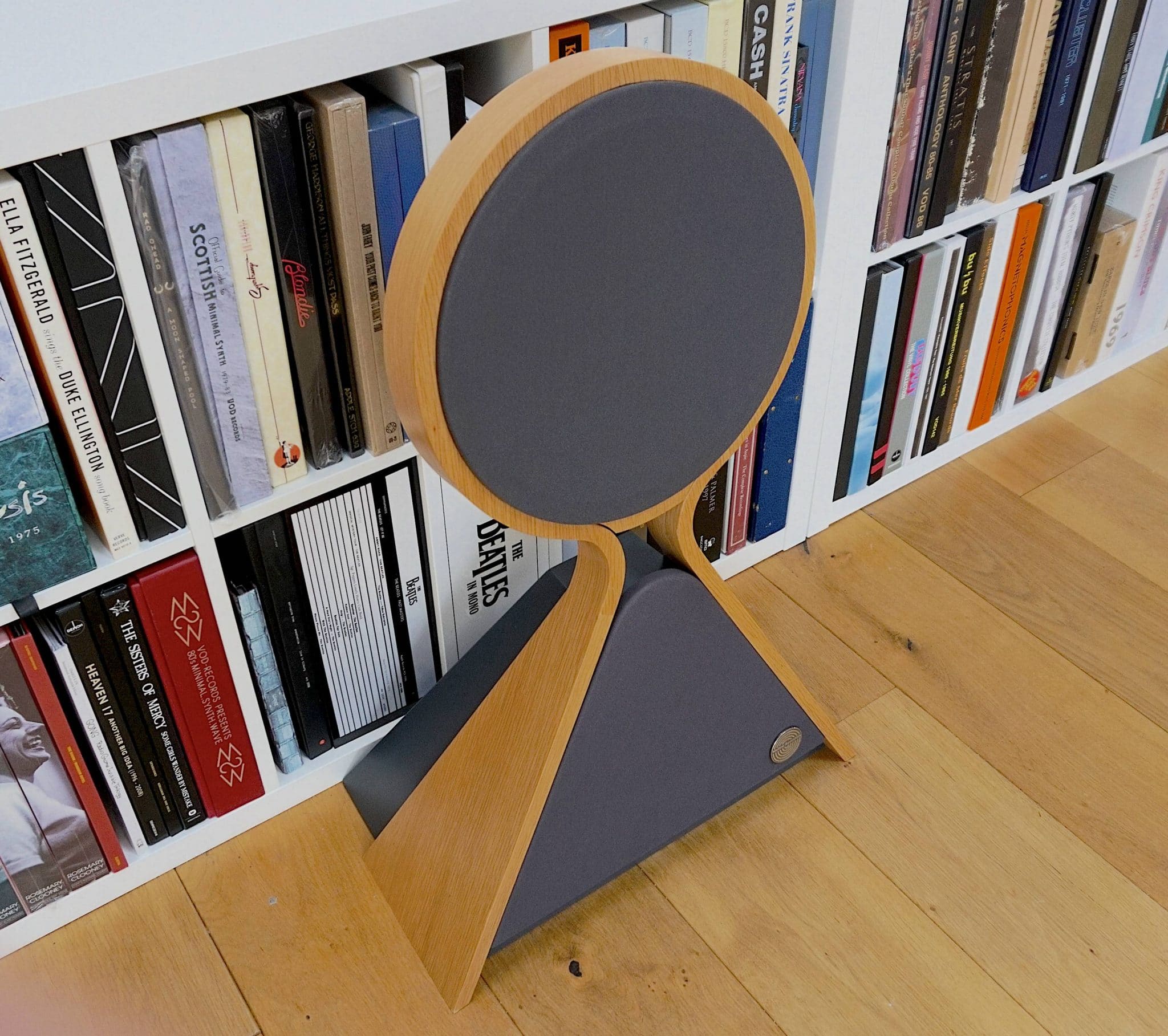
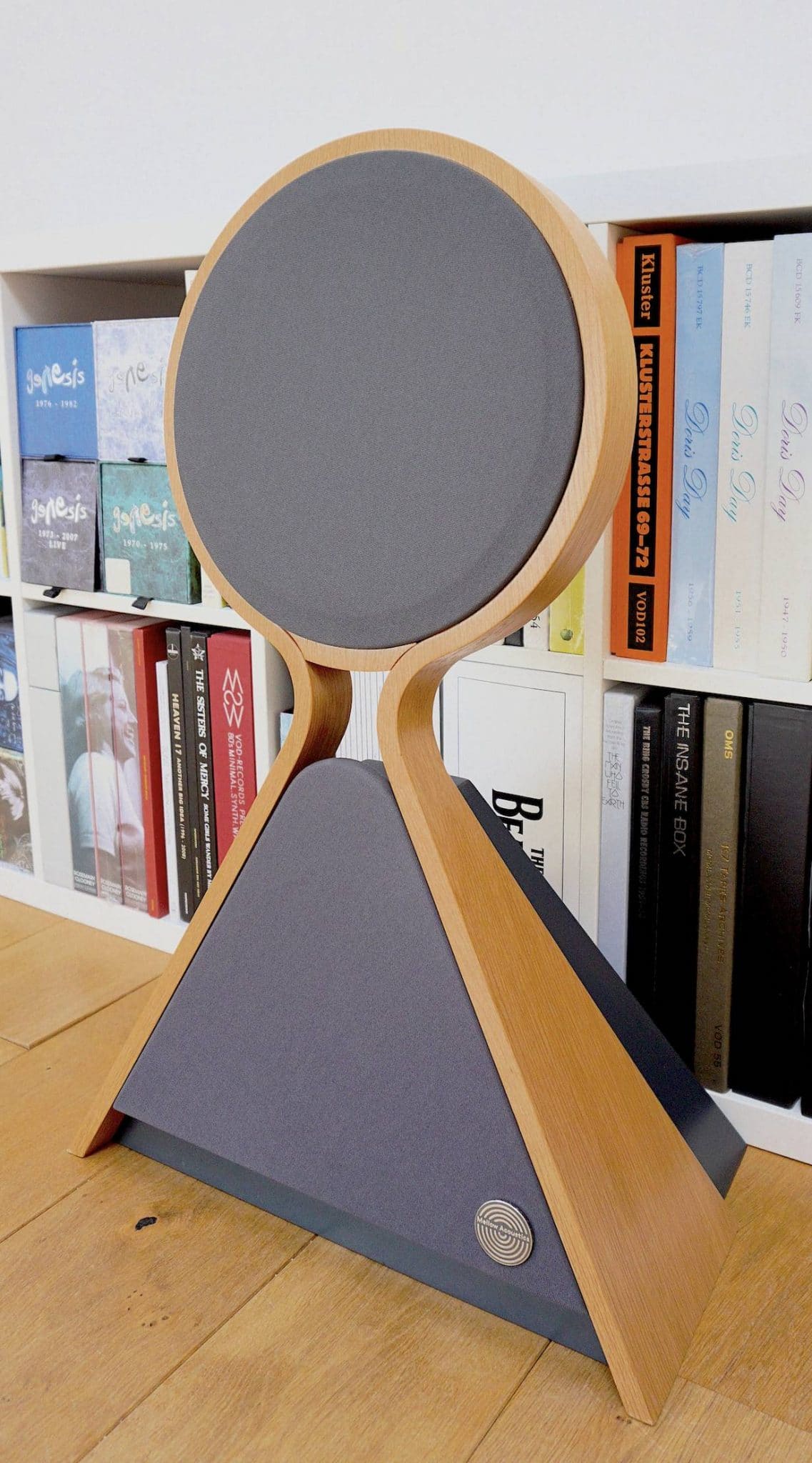
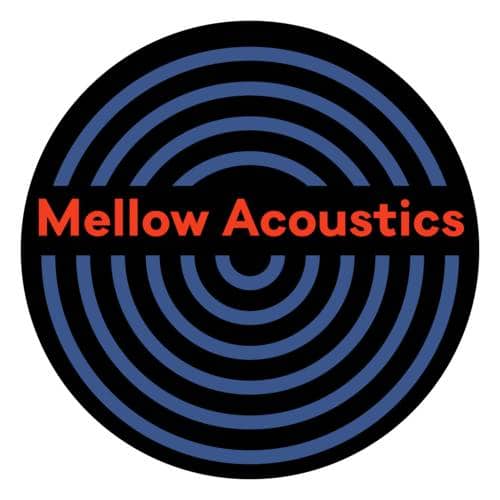
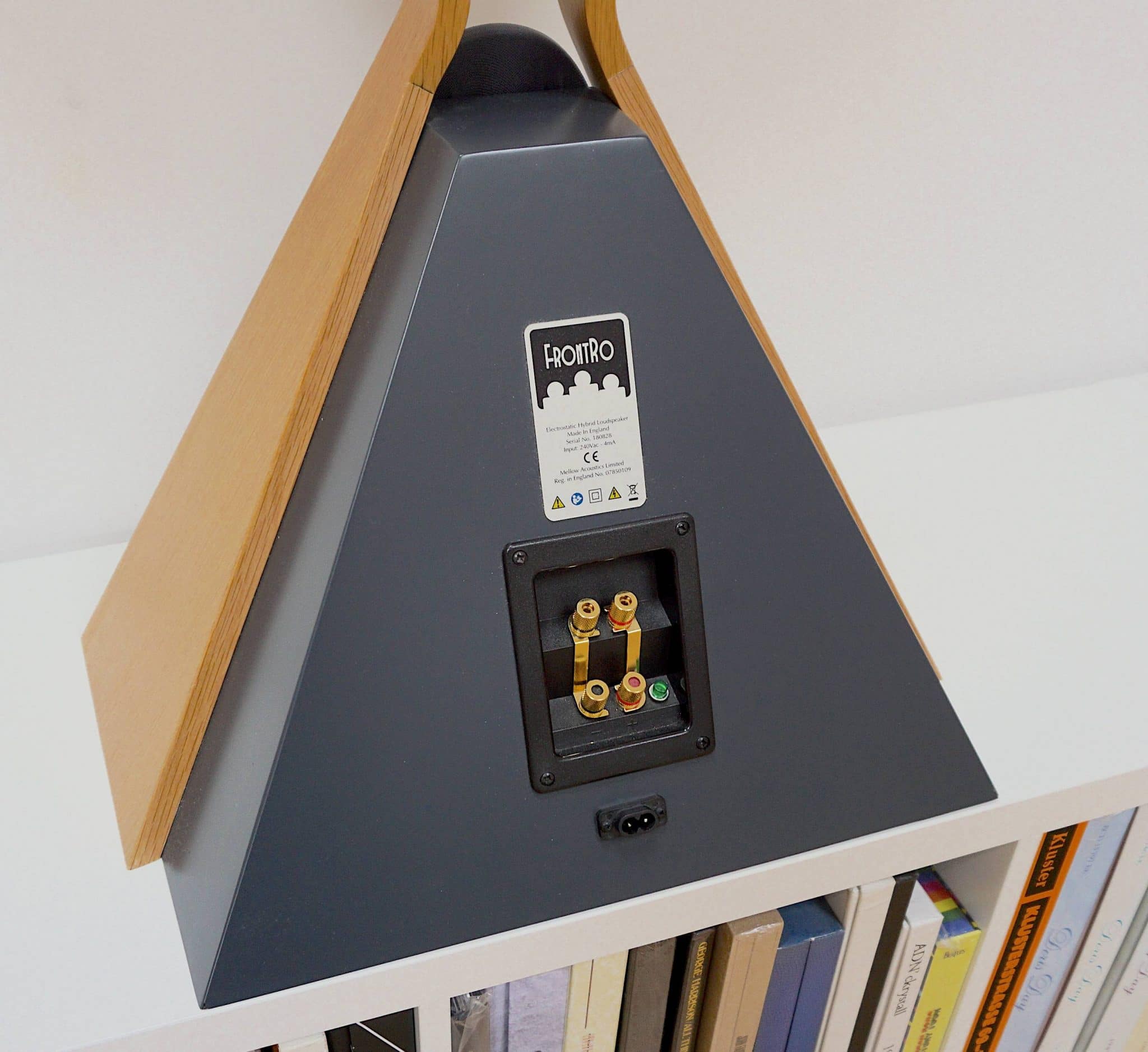
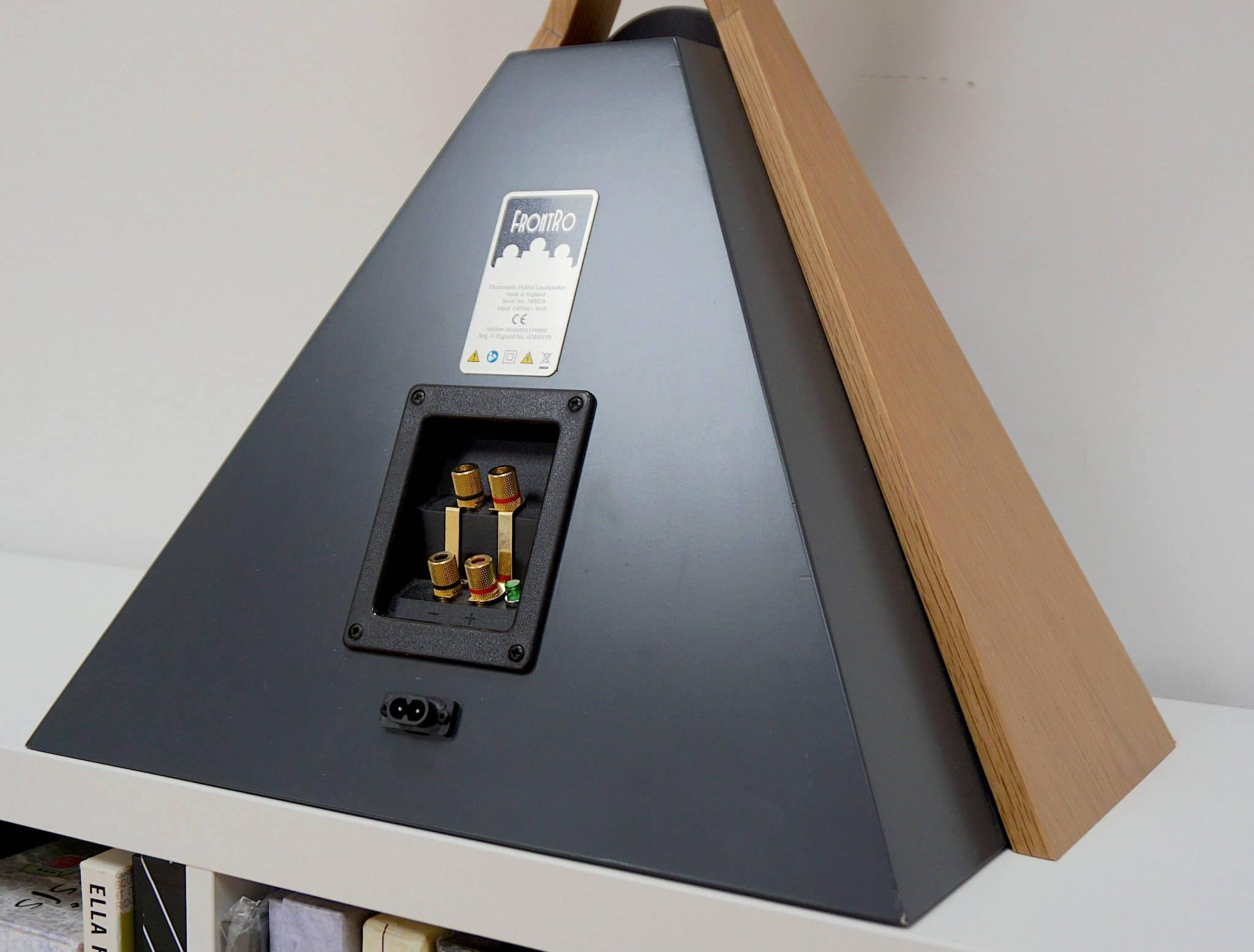
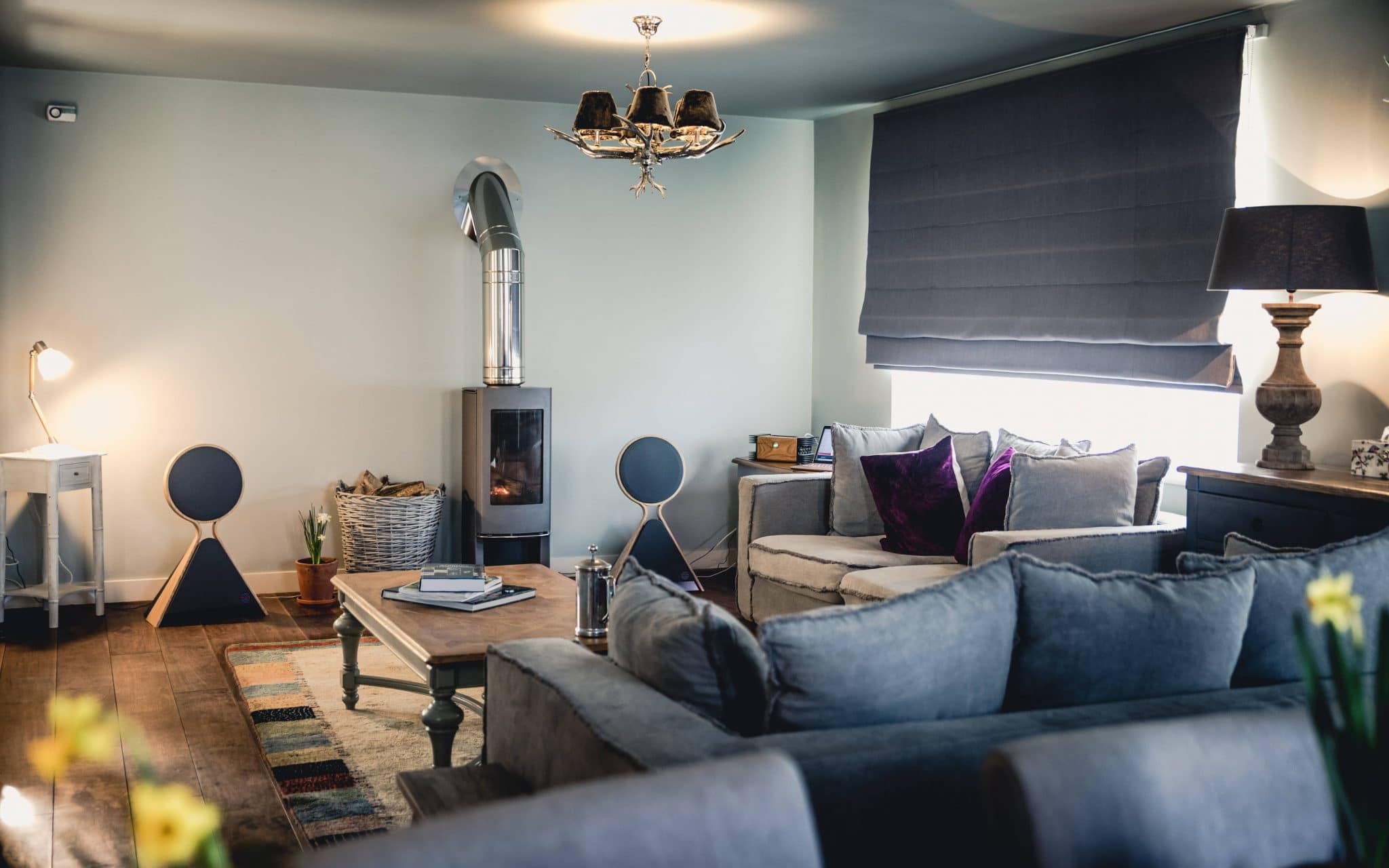
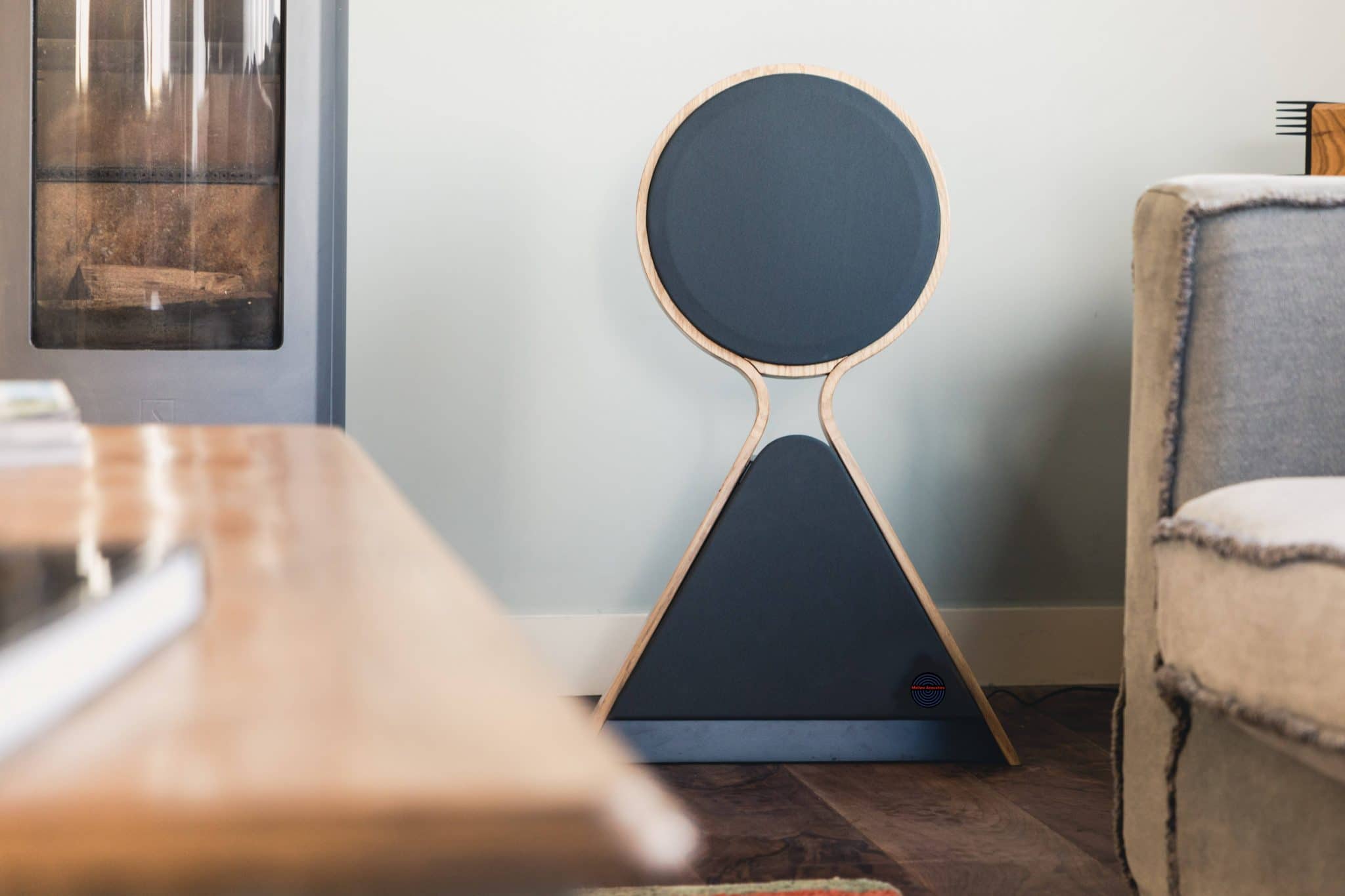
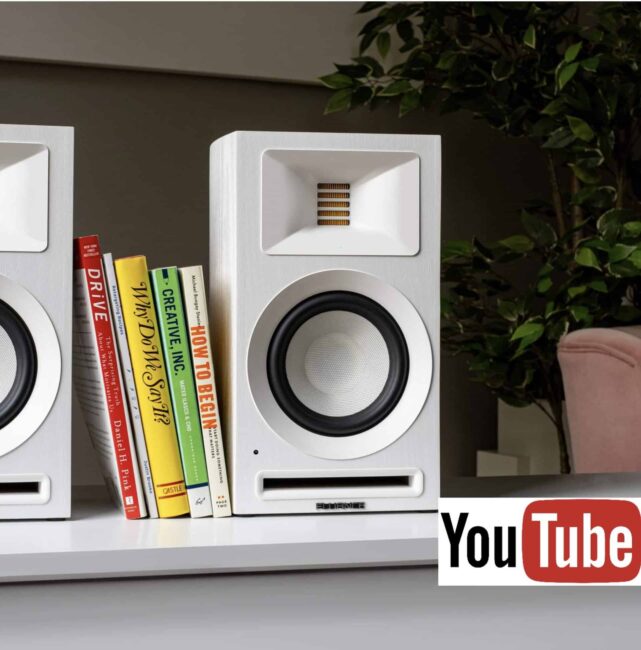
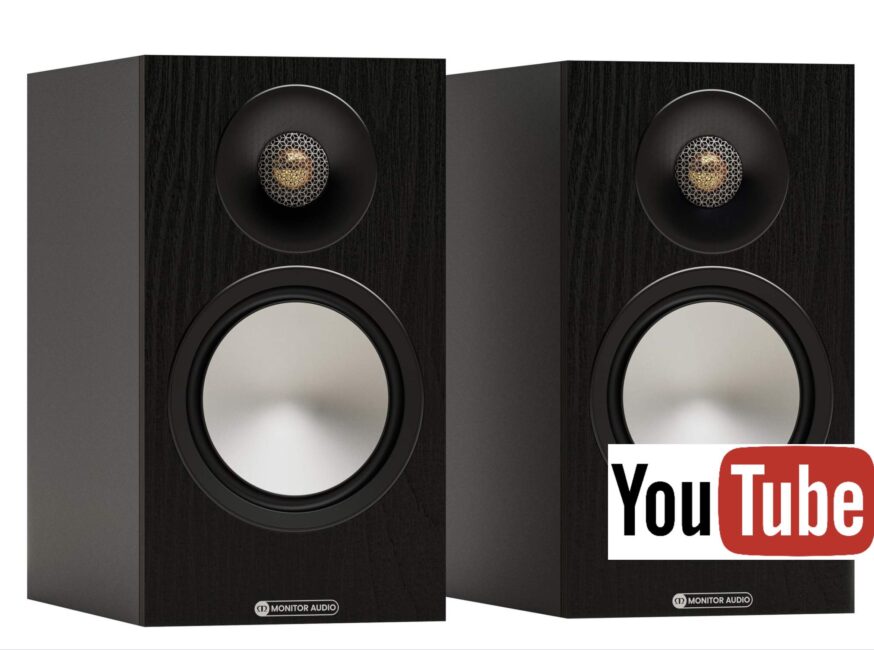
Interesting review. I quite liked the design but then I got to the end and saw the price.
Sadly way out of my budget.
Ditto. Initially I’m intrigued, and and liking what is being said about these speakers, then I get to the end…..and the price. They better be handmade by magic, shire elves for that price!